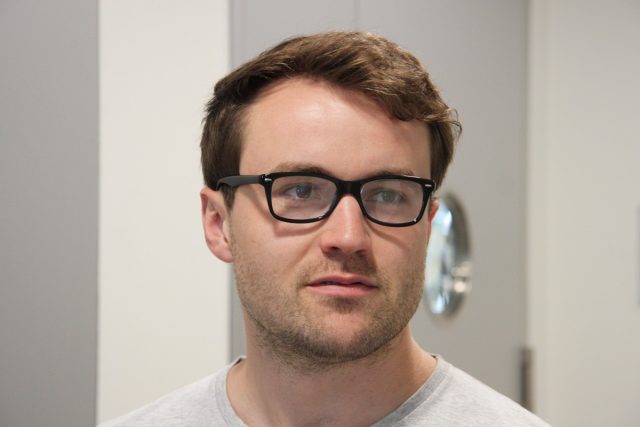It's now possible to store the digital instructions for 3D printing an everyday object into the object itself (much like DNA stores the code for life), according to a new paper in Nature Biotechnology. Scientists demonstrated this new "DNA of things" by fabricating a 3D-printed version of the Stanford bunny—a common test model in 3D computer graphics—that stored the printing instructions to reproduce the bunny.
DNA has four chemical building blocks—adenine (A), thymine (T), guanine (G), and cytosine (C)—which constitute a type of code. Information can be stored in DNA by converting the data from binary code to a base 4 code and assigning it one of the four letters. As Ars' John Timmer explained last year:
Once a bit of data is translated, it's chopped up into smaller pieces (usually 100 to 150 bases long) and inserted in between ends that make it easier to copy and sequence. These ends also contain some information where the data resides in the overall storage scheme—i.e., these are bytes 197 to 300. To restore the data, all the DNA has to be sequenced, the locational information read, and the DNA sequence decoded. In fact, the DNA needs to be sequenced several times over, since there are errors and a degree of randomness involved in how often any fragment will end up being sequenced.
DNA has significantly higher data density than conventional storage systems. A single gram can represent nearly 1 billion terabytes (1 zettabyte) of data. And it's a robust medium: the stored data can be preserved for long periods of time—decades, or even centuries. But using DNA for data storage also presents some imposing challenges. For instance, storing and retrieving data from DNA usually takes a significant amount of time, given all the sequencing required. And our ability to synthesize DNA still has a long way to go before it becomes a practical data storage medium.
This latest breakthrough brings us one step closer to that goal. Several years ago, co-author Robert Grass of ETH Zurich developed a method for marking products with a DNA "barcode" embedded in minuscule glass beads ("nanobeads"), a technology now being commercialized by a spinoff company. That is one key development that enabled this latest approach. The other is a method for storing (at least theoretically) more than 250,000 terabytes of data in a gram of DNA, developed by co-author Yaniv Erlich, chief science officer at MyHeritage, a DNA-based genealogy company.
"All other known forms of storage have a fixed geometry: a hard drive has to look like a hard drive, a CD like a CD. You can't change the form without losing information," Erlich said. "DNA is currently the only data storage medium that can also exist as a liquid, which allows us to insert it into objects of any shape."
The fabricated Stanford bunny holds about 100 kilobytes of data, thanks to the addition of the DNA-containing nanobeads to the plastic used to 3D print it. "Just like real rabbits, our rabbit also carries its own blueprint," said Grass.








